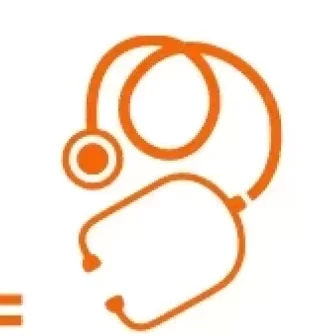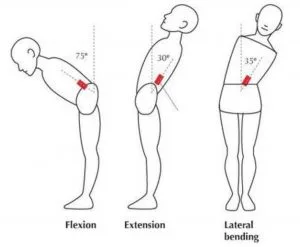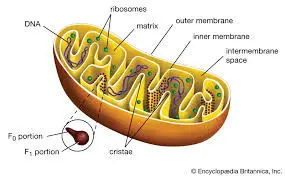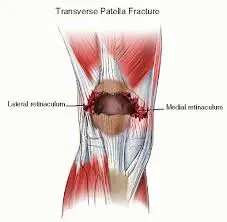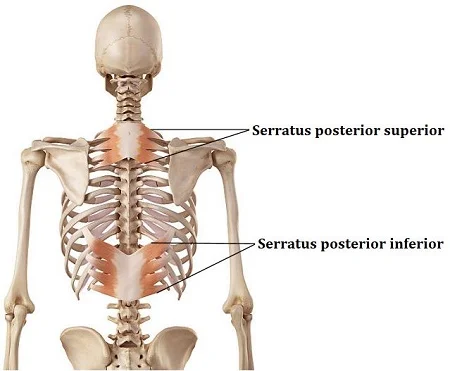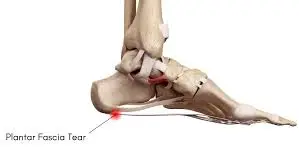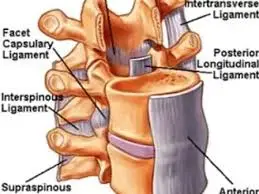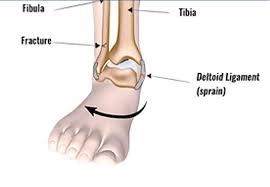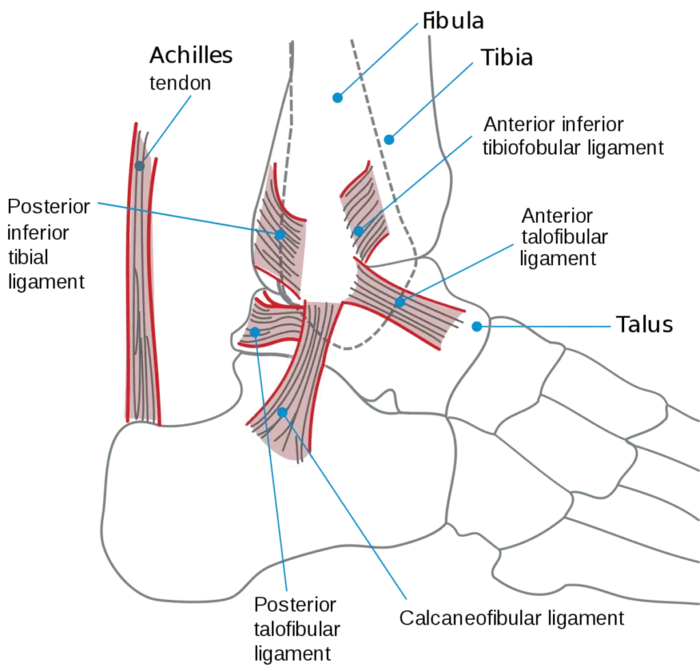Lumbar Flexion
What is a Lumbar Flexion? Lumbar Flexion refers to the forward bending movement of the lower spine, where the angle between the spine and the pelvis decreases. This motion is commonly used in daily activities like bending to tie shoes and is essential for overall spinal mobility and flexibility. What is Lumbar Flexion And Extension?…
